[ Radiology Books 2 ] [ Radiology Books 3 ]
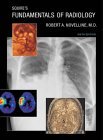 |
Squire's Fundamentals of Radiologyby Robert A. Novelline |
|
In the past five years, the development of new imaging technologies that make possible faster and more accurate diagnoses has significantly improved the imaging of disease and injury. Squire's Fundamentals of Radiology describes and illustrates these new techniques to prepare medical students and other radiology learners to provide the most optimal and up-to-date imaging management for their patients. Not only are new diagnostic techniques outlined, such as the multidetector computed tomography diagnosis of pulmonary embolism and the diffusion-weighted magnetic-resonance imaging of stroke, but hundreds of new diagnostic images have been included to illustrate the radiological characteristics of common diseases with state-of-the-art computed radiography, ultrasound, multidetector computed tomography, and magnetic-resonance images. The text has been completely reviewed and updated to present the latest and best strategies in diagnostic imaging. |
|
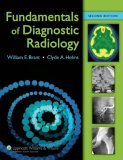 |
Fundamentals of Diagnostic Radiologyby William E. Brant, Clyde A. Helms |
|
Univ. of California, Davis. Comprehensive clinical reference directed specifically to residents in radiology. Presents the basic elements of the board areas of sub specialization. Includes a new section devoted to ultrasound. Good review source for board examinations. Halftone illustrations. DNLM: Diagnostic Imaging. |
|
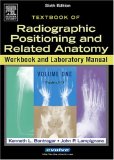 |
Radiographic Positioning and Related Anatomy Workbook and Laboratory, Vol. 1by Kenneth L. Bontrager, John Lampignano |
|
These companion volumes to the Bontrager Textbook of Radiographic Positioning and Related Anatomy feature situation-based questions on positioning and anatomy with illustrations. Also included are film critique questions, laboratory activities and self-evaluation tests. Chapter competencies are formatted as a set of tasks that the student should be able to perform after working through the chapter. The Bontrager workbooks are a vital part of the total teaching and learning package to support this textbook. |
|
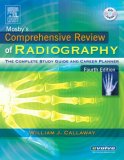 |
Mosby's Comprehensive Review of Radiography: The Complete Study Guide and Career Plannerby William J. Callaway |
|
This guide offers a comprehensive review, in outline form, of the five major subject areas covered on the ARRT exam in radiography. Each review of a subject is followed by a set of questions related specifically to that area. After students have reviewed the material, they are ready to take the two mock exams printed in the text and the unlimited test simulations on the companion CD-ROM. This edition also provides information on preparing resumes, interviewing, and career planning in order to help students make the transition to careers as practicing radiographers. |
|
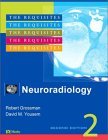 |
Neuroradiology: The Requisites (Requisites in Radiology)by Robert I. Grossman, David M. Yousem |
|
This volume in the popular Requisites in Radiology series concisely presents all of today's need-to-know information in neuroradiology. Completely revised and updated, it progresses from the basics of imaging techniques and anatomy to brain diseases and neurodegenerative and congenital abnormalities. It then discusses the subsites of neuroradiology, the head and neck, and degenerative and non-degenerative diseases of the spine. This compact, clinically oriented, easy-to-read format makes it exceptionally useful as a study tool for boards and the CAQ exam for the subspecialty. |
|
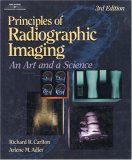 |
Principles of Radiographic Imaging: An Art and a Scienceby Richard Carlton, Arlene McKenna Adler |
|
This book presents a comprehensive introduction to the principles and techniques of radiographic imaging. The physics principles that are the foundation of radiography are explained clearly, with numerous illustrations, examples and solved problems to aid comprehension. Chapters are organized into six units: Creating the Beam, Protecting Patients and Personnel, Creating the Image, Analyzing the Image, Comparing Exposure Systems, and Special Imaging Systems. Specialized imaging modalities, such as mammography, magnetic resonance imaging, and computed tomography and computed radiography, are explained in individual chapters. |
|
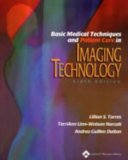 |
Basic Medical Techniques and Patient Care in Imaging Technologyby Lillian S Torres, Andrea Guillen Dutton, Terri AnnLW Norcutt |
|
The purpose of Basic Medical Techniques and Patient Care in Imaging Technology is to prepare individuals to be safe, effective practitioners in every aspect of patient care. |
|
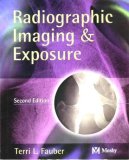 |
Radiographic Imaging & Exposureby Terri L. Fauber |
|
This text provides thorough, practical coverage of fundamental principles of imaging, designed to ensure that readers grasp the information they need to produce high-quality images in the clinical setting. Features such as Practical Tips, Important Relationships, and Mathematical Solutions are presented throughout the text as appropriate and listed in the appendixes for quick reference. Additional features that set the book apart include more coverage of computed radiography and film processing, and unique film critique sections in relevant chapters. Radiographic Imaging and Exposure, 2nd Edition provides a superior presentation of imaging and exposure. |